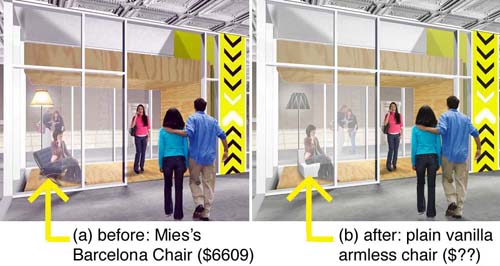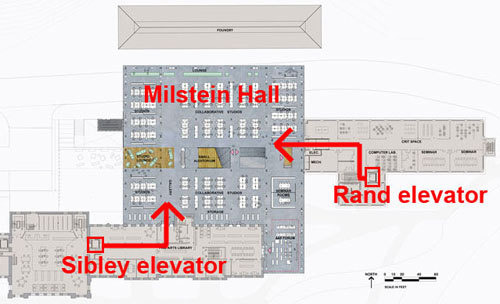You’d think it would easy to put a hole in a floor of a building, but it isn’t. The building code (here I’m talking about the International Building Code, or IBC, latest 2009 version) is organized so that code enforcement people can check whether plans for buildings are in compliance with the code, rather than being organized so that architects can figure out what is or is not possible.
I made a calculator to help designers figure out whether their proposed holes, connecting two or more floors in a building, are in compliance with the 2009 IBC (similar to earlier versions). I also provide a more detailed discussion of the logic behind making such holes, with an invitation for those more expert than myself to clarify some puzzling code issues.



